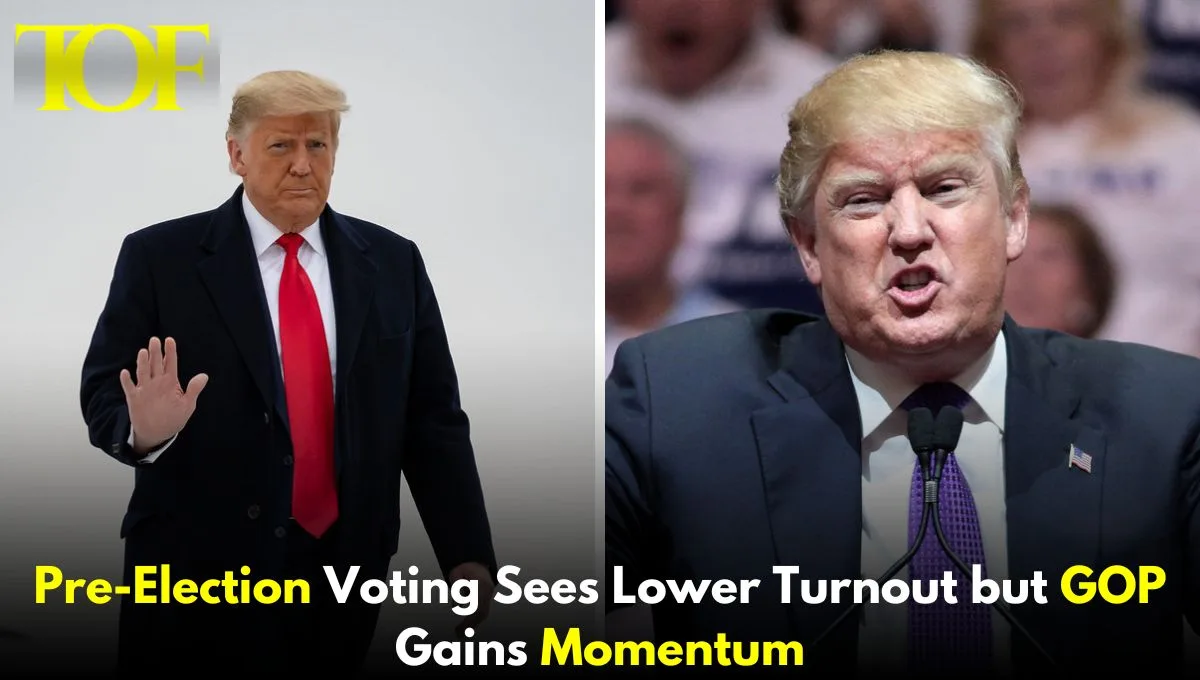As Election Day nears, early voting nationwide is winding down, with 78 million ballots already cast in 47 states and the District of Columbia. Data from CNN, Edison Research, and Catalyst shows a strong, albeit somewhat lower, turnout compared with 2020’s historic early voting level of 70% driven in great part by pandemic-influenced voting by mail. In contrast, early voting in 2024 is expected to make up some 50% of total ballots, more in line with the 2022 midterms.
Early voting among Republicans has increased; the Trump campaign has worked to encourage early voting from GOP supporters, which represents a shift from the campaign’s 2020 stance against early voting before Election Day. The two parties are neck-and-neck, with Republicans accounting for 35% of early votes compared to 37% for Democrats in 27 states for which data were available. And in swing states such as Arizona, Nevada, and North Carolina, Republicans are making more strides in casting early votes ominous portent that this election may be closer than most give it credit for being.
Women, aside from party-oriented changes, still vote in more early ballots than men but in a smaller proportion compared to last year’s elections. For instance, in Pennsylvania, women are still the majority in early voters at 56 percent, a downtick from previous years.
The data do suggest higher Republican levels of engagement, continued gapping by gender, and continuing post-pandemic change in this voter landscape. Data indicating something about voter demographics are less likely to presage an Election Day outcome since some 60 million people or so are likely to cast their ballots on November 5. Voting locations around the country are gearing up for that day.
To Read More: Global

